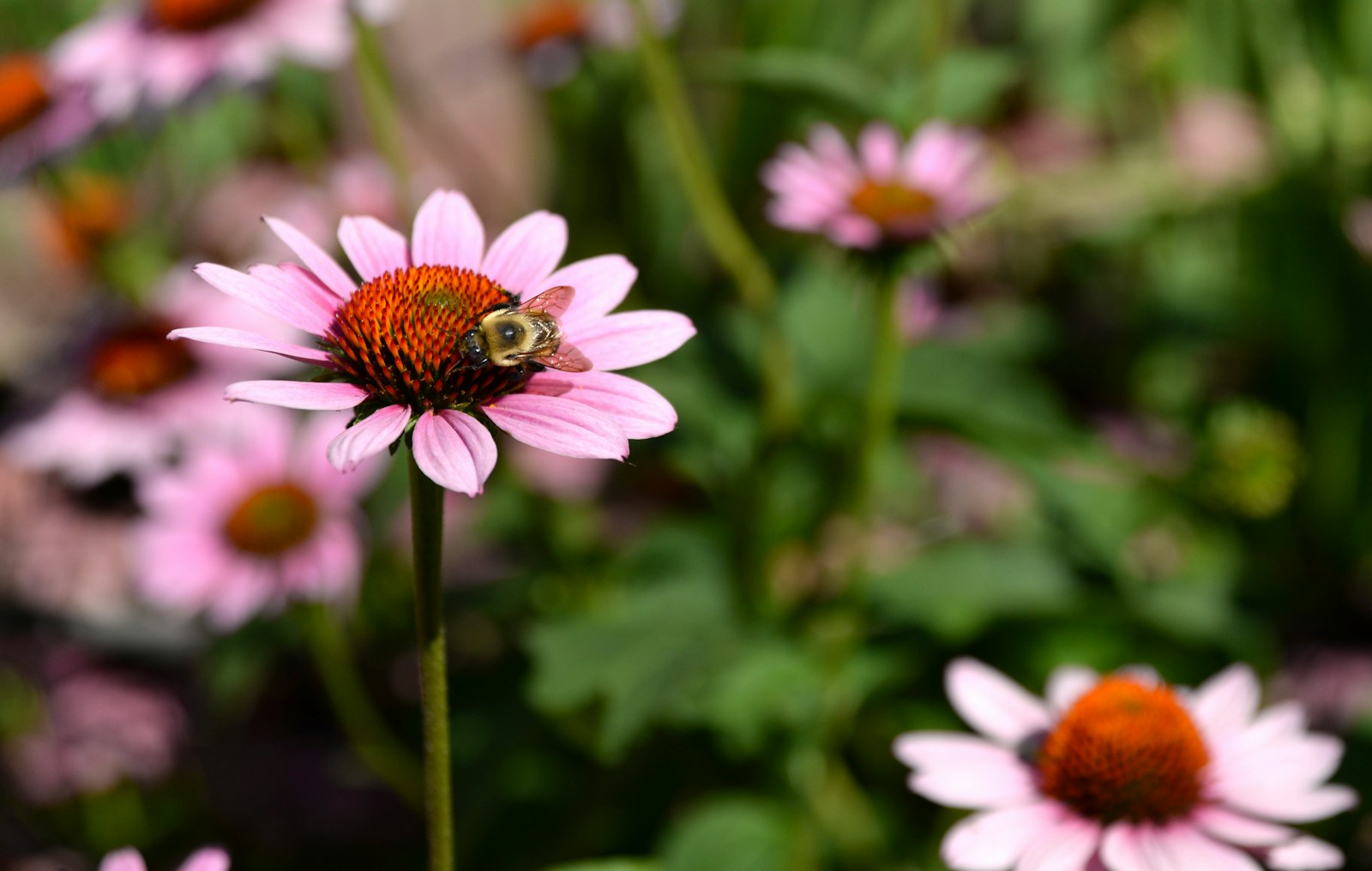Native plant restoration has become a cornerstone of conservation efforts aimed at supporting declining pollinator populations. As habitat loss, pesticide use, and climate change continue to threaten bees, butterflies, and other crucial pollinators, communities across the globe are turning to indigenous flora as a powerful solution. These plants, which co-evolved with local pollinators over thousands of years, offer specialized nectar, pollen, and habitat resources that non-native ornamentals simply cannot provide. The movement to reintroduce native plants represents not just an ecological imperative but a reconnection with local landscapes and natural heritage—creating resilient ecosystems that sustain both wildlife and human communities.
The Pollinator Crisis: Understanding the Urgency
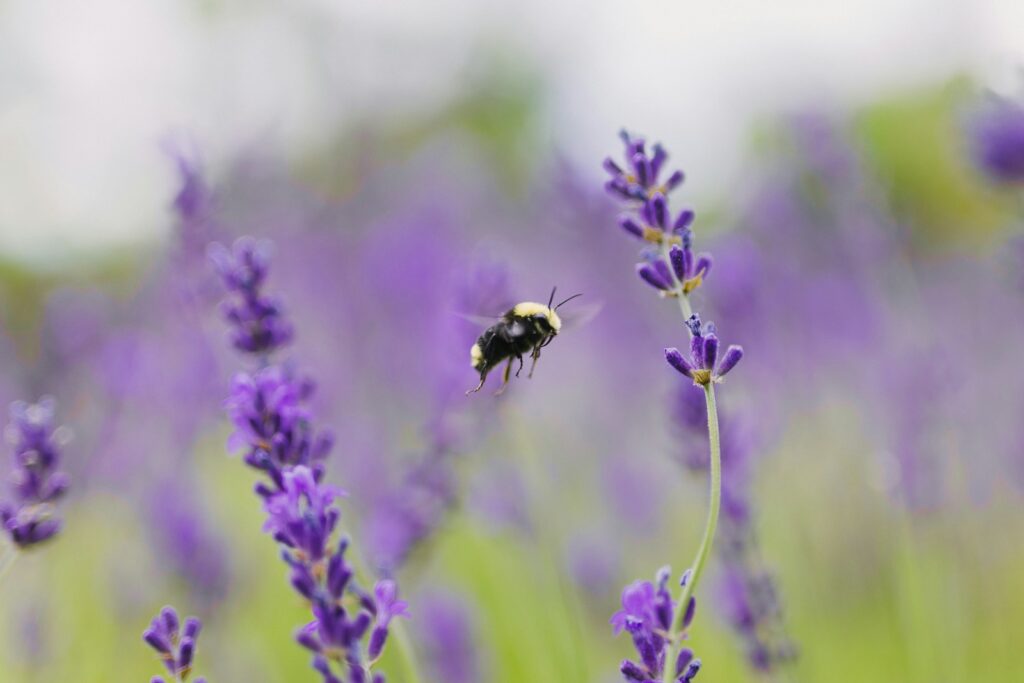
Pollinator populations have experienced alarming declines worldwide, with some native bee species having decreased by up to 96% in recent decades. These essential creatures are responsible for pollinating approximately 75% of the world’s flowering plants, including about one-third of food crops that humans consume. Without pollinators, our agricultural systems would collapse, resulting in drastically reduced food variety and nutritional deficiencies on a global scale. The interconnected causes of this decline—habitat fragmentation, pesticide use, disease, and climate change—require multifaceted solutions, with native plant restoration emerging as one of the most effective and accessible approaches.
The Evolutionary Dance: Native Plants and Their Pollinators
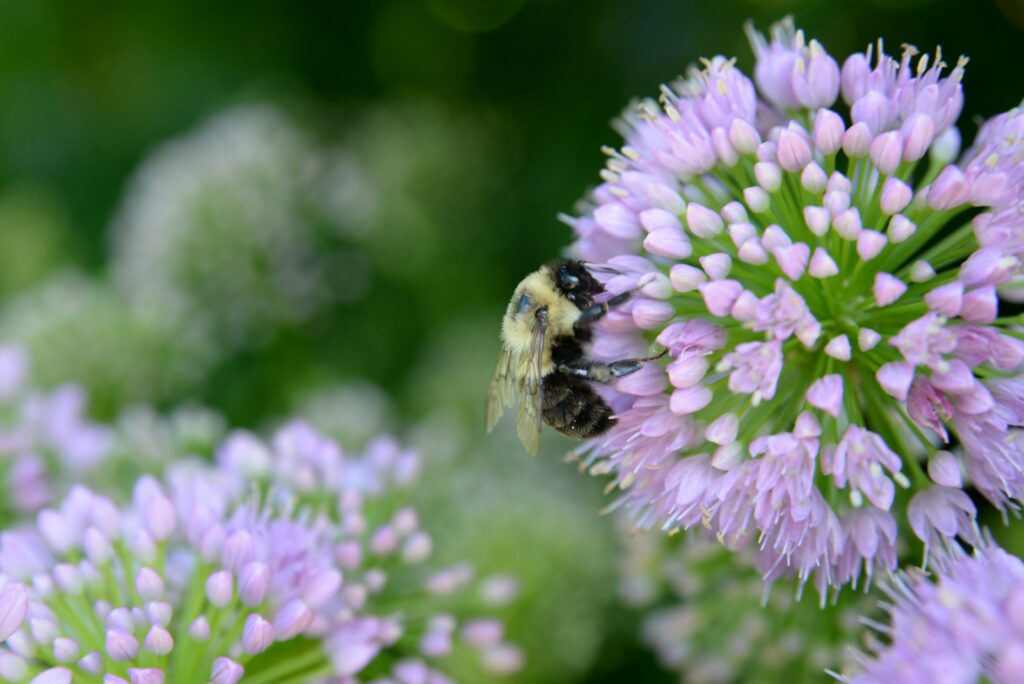
Native plants and their pollinators share an intricate evolutionary history spanning millions of years, creating specialized relationships that benefit both parties. For example, many native bees have mouth parts precisely adapted to extract nectar from specific flower shapes, while plants have developed flowering times, colors, and scent profiles that attract their preferred pollinators. Research shows that native plant species support three times more pollinator species than non-native plants and host four times more insect biomass. These relationships extend beyond just feeding—many pollinators require specific native plants for their entire life cycle, using them for nesting materials, shelter, and as host plants for laying eggs and feeding larvae.
Keystone Native Species: Plant Champions for Pollinators
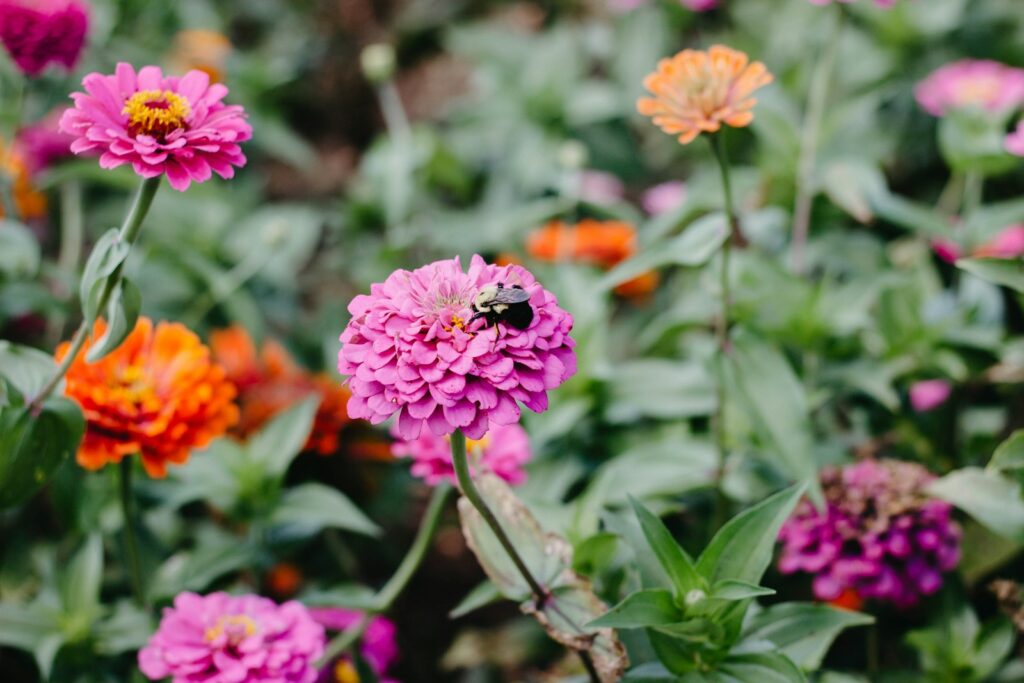
Certain native plants serve as ecological keystones, supporting a disproportionately large number of pollinator species and having an outsized impact on ecosystem health. In North America, plants from the Solidago (goldenrod) genus support over 100 butterfly and moth species, while native oaks (Quercus species) host nearly 500 species of caterpillars—critical food for birds and other wildlife. Milkweed (Asclepias species) serves as the exclusive host plant for monarch butterfly caterpillars, making it indispensable for this iconic species’ survival. By identifying and prioritizing these keystone species in restoration efforts, conservationists can maximize ecological benefits even in small restoration areas, creating pollinator hotspots that radiate benefits throughout the surrounding landscape.
Community-Led Initiatives: Grassroots Restoration Success Stories
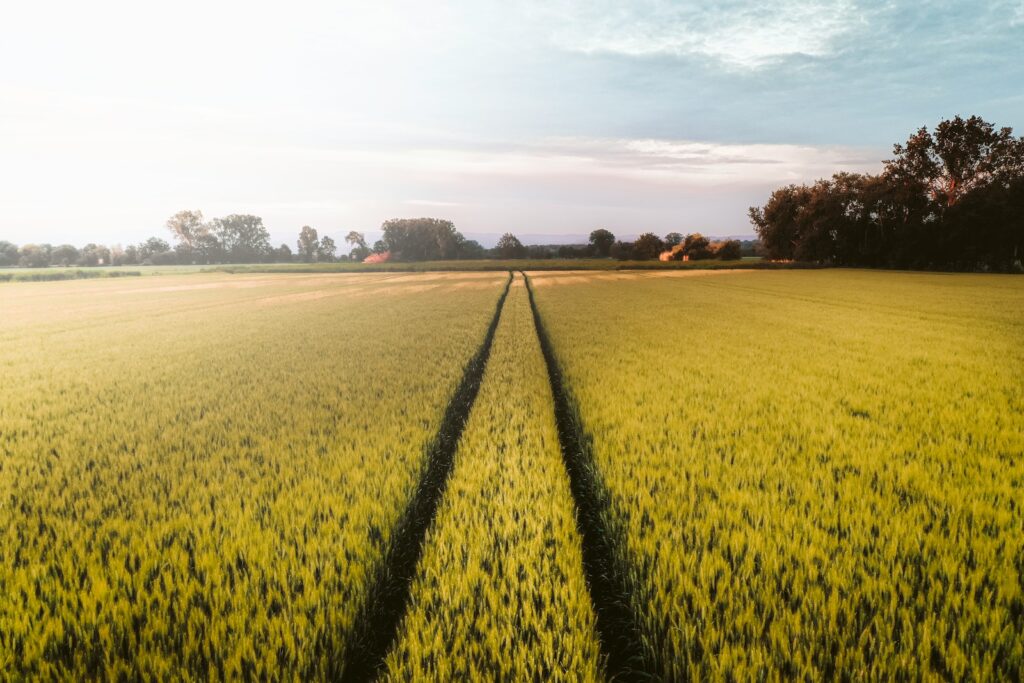
Across the country, community-based initiatives have demonstrated remarkable success in reintroducing native plants and supporting pollinator populations. The Monarch Butterfly Sanctuary in Pacific Grove, California, has transformed from a degraded forest to a thriving overwintering site through the strategic planting of native nectar sources and milkweed corridors. In Chicago, the Field Museum’s Burnham Wildlife Corridor has converted 100 acres of lakefront property into native prairie and woodland habitat, now buzzing with previously absent pollinator species. Small-scale efforts make a difference too—the Million Pollinator Garden Challenge has registered over one million gardens created by individuals, schools, and community groups, collectively forming crucial habitat stepping stones across urban and suburban landscapes.
Urban Renewal: Native Plant Corridors in Cities
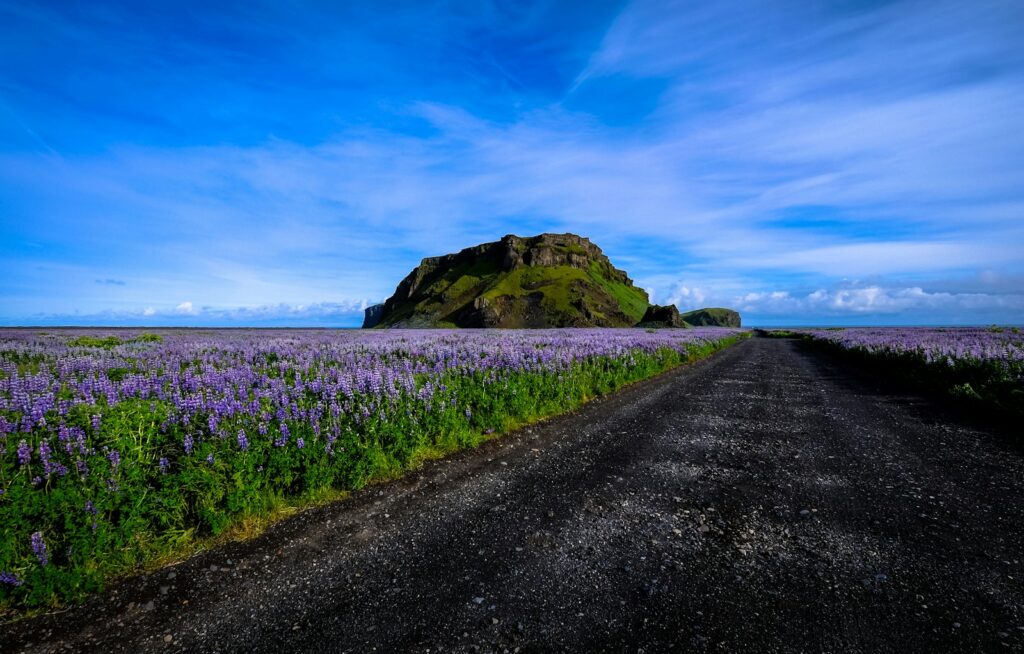
Cities are increasingly recognizing the ecological and social benefits of incorporating native plant corridors into urban planning. Portland, Oregon’s innovative “Pollinator Parkways” program converts street medians and utility corridors into native flowering habitats, creating green veins through concrete landscapes. New York City’s High Line has incorporated over 500 species of plants, many native to the region, transforming an abandoned railway into a biodiversity hotspot that supports numerous pollinator species. These urban initiatives not only provide crucial habitat but also serve as living classrooms, introducing city dwellers to ecological concepts and the beauty of local flora.
Agricultural Applications: Beyond Backyard Gardens
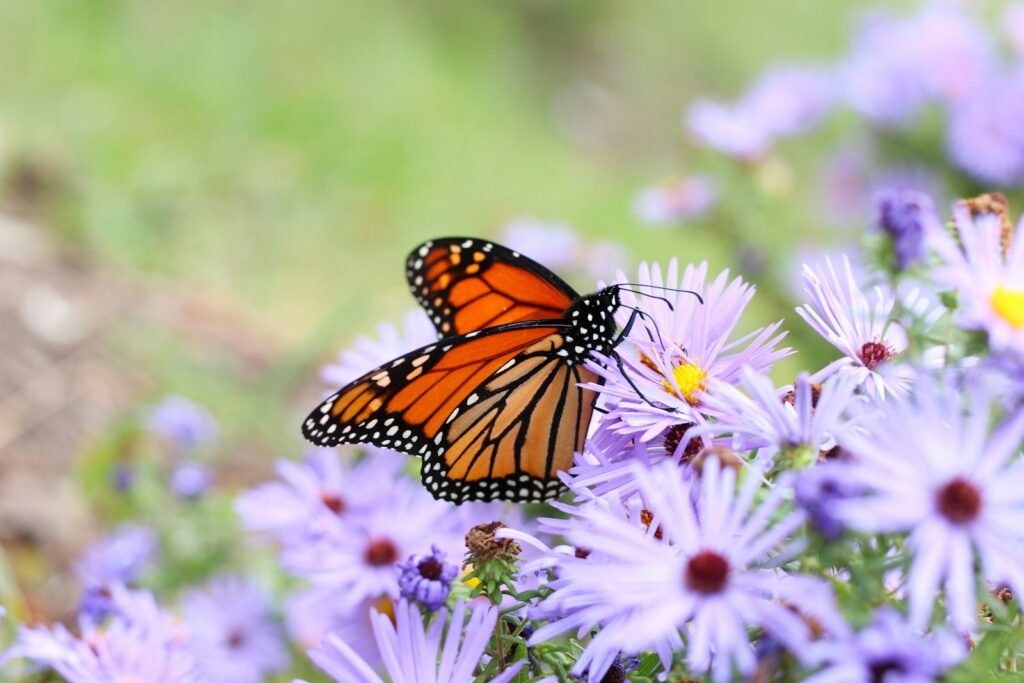
Farmers are increasingly integrating native plants into agricultural systems, recognizing both ecological and economic benefits. Research from Michigan State University demonstrates that farms with native plant hedgerows experience up to 50% higher pollination rates in adjacent crops, translating to significant yield increases. Cover cropping with native flowering plants not only supports pollinators but improves soil health, reduces erosion, and can suppress weeds—a multi-benefit approach to farm management. The Xerces Society’s Bee Better Certified program has worked with over 65,000 acres of farmland to implement pollinator habitat, showing that production agriculture and conservation can work hand in hand.
Seed Collection and Propagation: Preserving Genetic Diversity
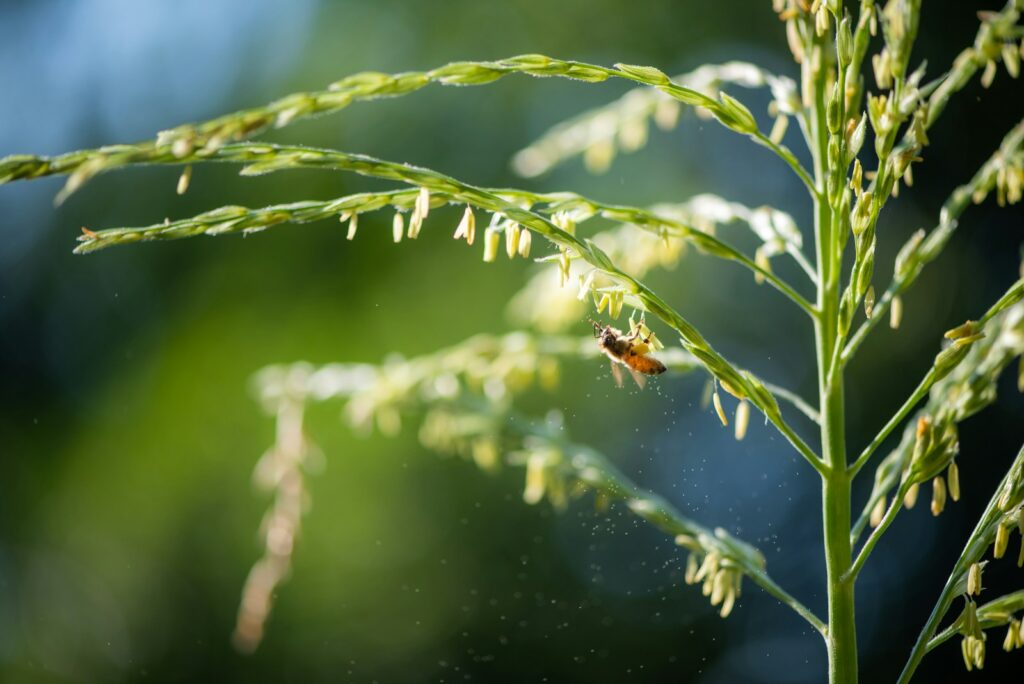
The successful reintroduction of native plants depends on access to genetically diverse, locally adapted seed sources—an area receiving increased attention from conservation organizations. The Bureau of Land Management’s Seeds of Success program has collected seeds from over 15,000 native plant populations, creating a living library of genetic material for restoration projects. Regional native plant societies are training citizen scientists in ethical seed collection techniques, ensuring that wild populations aren’t harmed in the process. Advanced propagation facilities like the Native Plant Trust’s Nasami Farm in Massachusetts specialize in growing difficult-to-cultivate species, making previously unavailable plants accessible for restoration projects and helping to preserve rare genetic lineages that might otherwise be lost.
Native Plant Selection: Matching Plants to Place
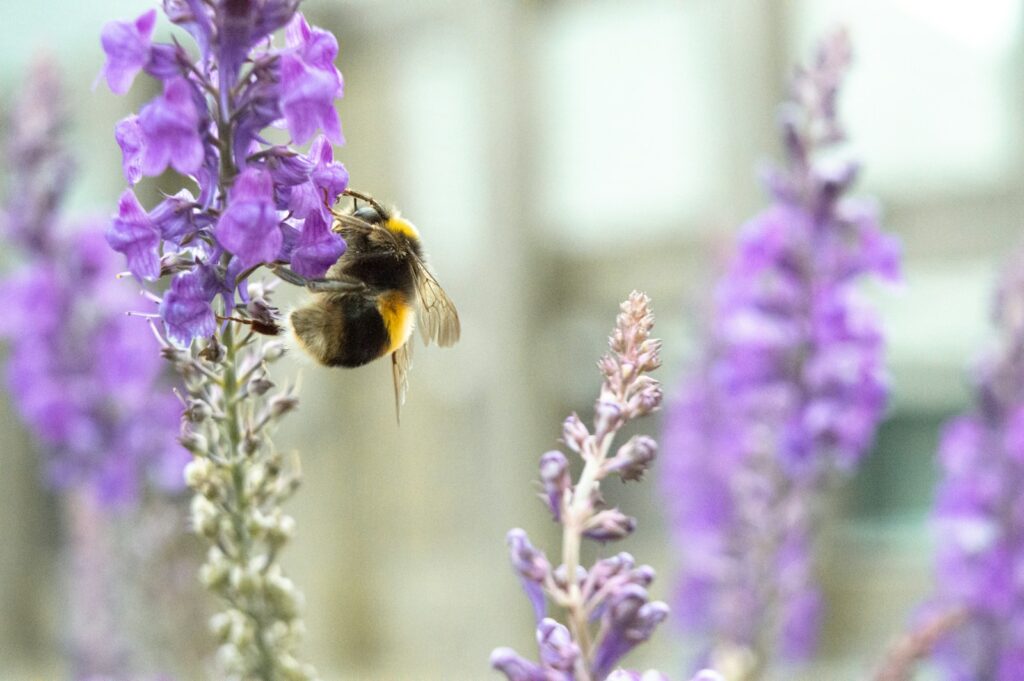
Effective pollinator support requires thoughtful selection of native plants appropriate to specific site conditions and regional contexts. Plants must be matched to soil type, light exposure, moisture levels, and climate conditions to thrive without excessive intervention. Successful projects typically incorporate a diversity of flowering periods, ensuring nectar and pollen resources are available from early spring through late fall—addressing the “hunger gap” periods when pollinators might otherwise struggle to find food. Height variation is equally important, with ground-level plants supporting ground-nesting bees, mid-level shrubs providing shelter, and taller trees offering nesting sites for native bees and overwintering habitat for butterflies.
Overcoming Challenges: Addressing Aesthetic and Practical Concerns
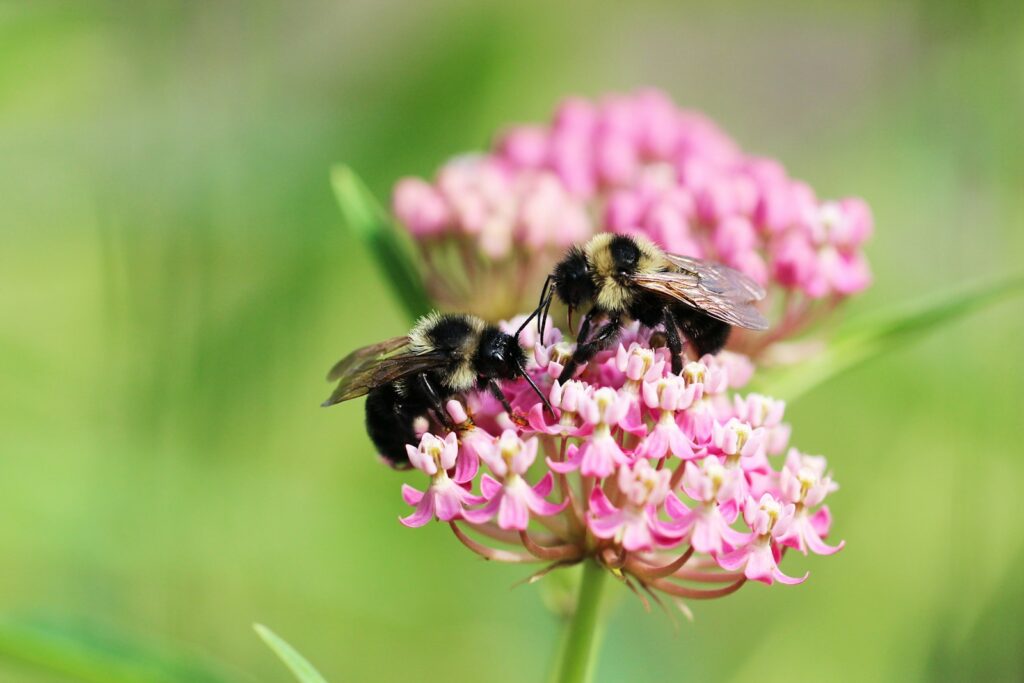
The widespread adoption of native plant landscaping faces several challenges, including entrenched aesthetic preferences for manicured lawns and non-native ornamentals. Organizations like the National Wildlife Federation are addressing this through demonstration gardens that showcase the beauty of native plantings and education programs that help shift cultural perceptions. Practical concerns about maintenance are being addressed through research on establishing low-maintenance native plant communities that require less water, no fertilizers, and minimal intervention once established. Regulatory barriers, such as restrictive homeowner association rules or municipal ordinances that mandate lawn maintenance, are being challenged through advocacy and policy reform, with cities like Minneapolis now explicitly protecting “pollinator-friendly” yards from weed ordinance enforcement.
Corporate Partnerships: Scaling Up Restoration Efforts
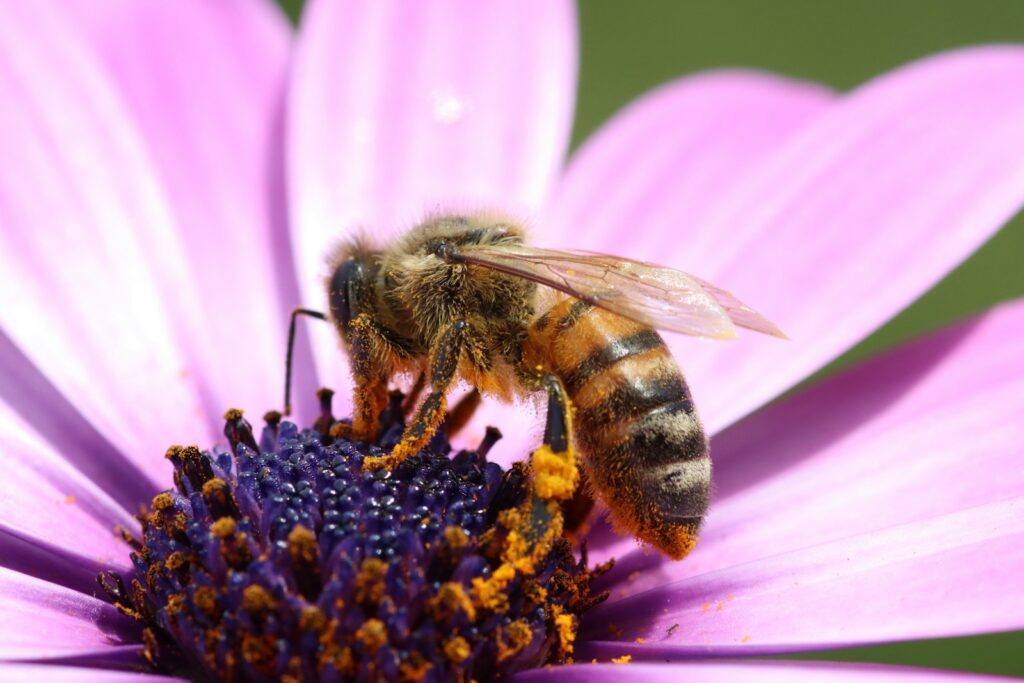
Major corporations are increasingly partnering with conservation organizations to implement large-scale native plant restoration projects. General Mills has committed to supporting the restoration of 100,000 acres of pollinator habitat through its partnership with the Xerces Society, focusing on areas near their supply chain farms. Energy companies like Exelon are converting thousands of acres of utility rights-of-way into native meadow habitat, transforming what were once ecological dead zones into pollinator corridors. These corporate initiatives not only provide significant funding and land access but also help mainstream native plant restoration as a standard business practice rather than a fringe environmental activity.
Scientific Monitoring: Measuring Restoration Success
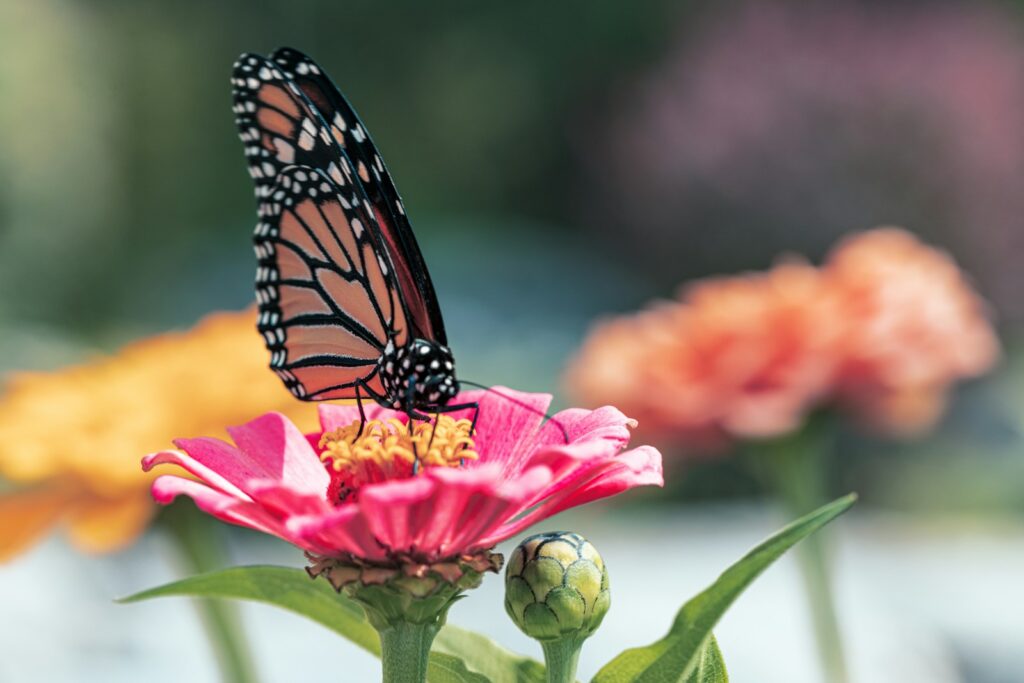
Robust scientific monitoring is essential for evaluating the effectiveness of native plant restoration efforts and guiding future projects. The National Ecological Observatory Network maintains standardized monitoring protocols that allow scientists to track pollinator response to restoration across different ecosystems and regions. Citizen science initiatives like Bumble Bee Watch and the Great Sunflower Project engage thousands of volunteers in collecting pollinator presence data, generating massive datasets that would be impossible for professional scientists alone to compile. Advanced technologies, including acoustic monitoring of bee flight sounds and environmental DNA sampling, are providing new ways to assess pollinator diversity and abundance, helping conservationists refine their approaches for maximum impact.
The Path Forward: Integrating Traditional Ecological Knowledge
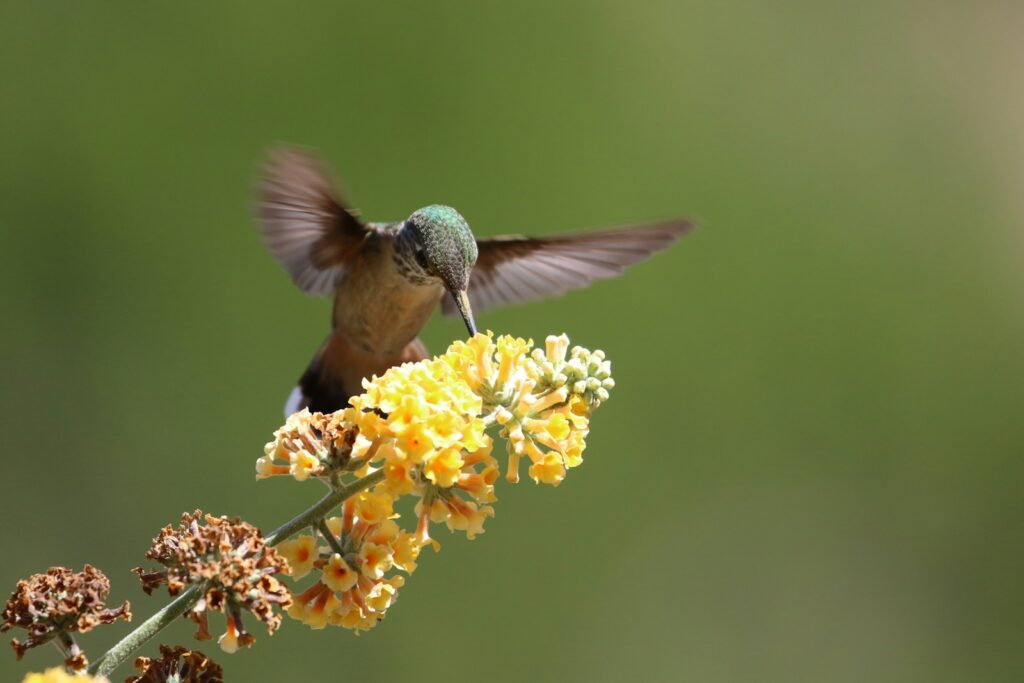
Indigenous communities have maintained sophisticated understanding of native plant-pollinator relationships for millennia, and this traditional ecological knowledge is increasingly being recognized as invaluable to restoration efforts. The Native American Seed Sanctuary, a collaboration between the Farm Hub and Akwesasne Mohawk Tribe, preserves heritage crop varieties and their wild relatives, maintaining crucial genetic diversity and pollinator relationships. In the Southwest, the Navajo Nation’s Native Plant Program combines traditional knowledge with contemporary science to restore culturally significant plants that support both pollinators and traditional practices. These collaborative approaches acknowledge that effective ecological restoration must incorporate diverse knowledge systems and respect the cultural dimensions of our relationship with native plants.
Educational Initiatives: Growing the Next Generation of Stewards
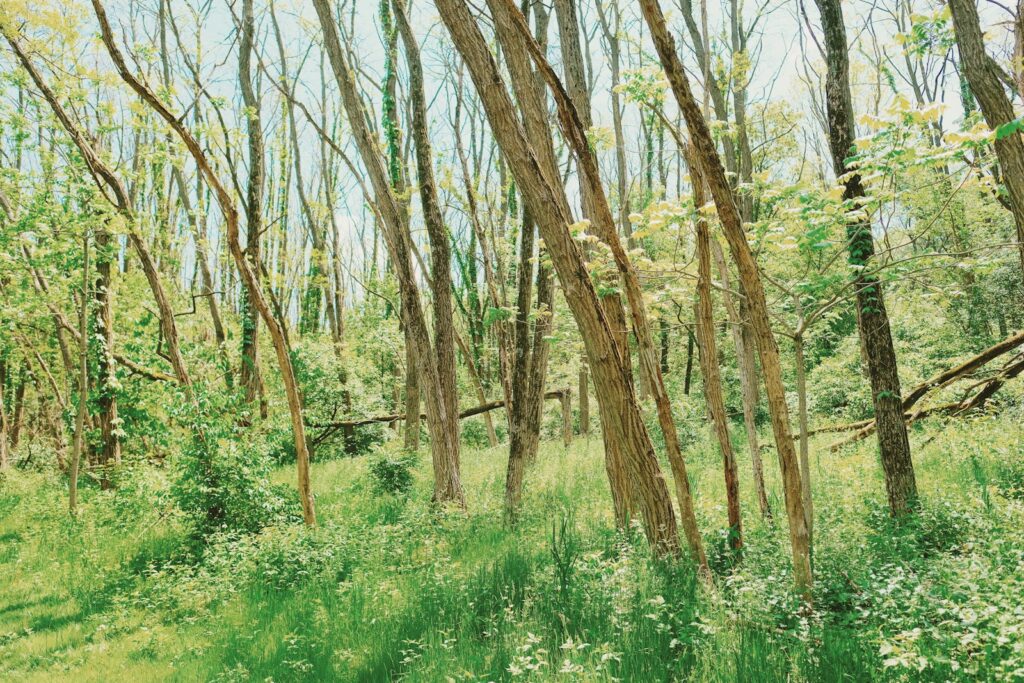
Education plays a pivotal role in ensuring the long-term success of native plant reintroduction efforts. School garden programs like the National Gardening Association’s “Kids Garden” initiative are introducing students to native plants and their pollinators, creating hands-on learning laboratories for science education. Universities are developing specialized programs in ecological restoration, training professionals with the interdisciplinary skills needed to design and implement successful projects. Public botanical gardens are evolving from simply displaying exotic collections to showcasing regional native plants and their ecological connections, helping visitors understand how they can contribute to conservation in their own communities.
The reintroduction of native plants to support pollinators represents one of our most promising paths toward ecological resilience in a changing world. From urban gardens to agricultural landscapes, these efforts demonstrate how human activity can shift from degrading ecosystems to regenerating them. The movement transcends mere conservation, embodying a fundamental reimagining of our relationship with the natural world—one that recognizes the intricate connections between native plants, pollinators, and human well-being. As these initiatives continue to grow and evolve, they offer not just ecological benefits but a powerful message of hope: that through thoughtful action and commitment to place, we can help heal the landscapes we call home and ensure that the ancient dance between flowers and their pollinators continues for generations to come.

